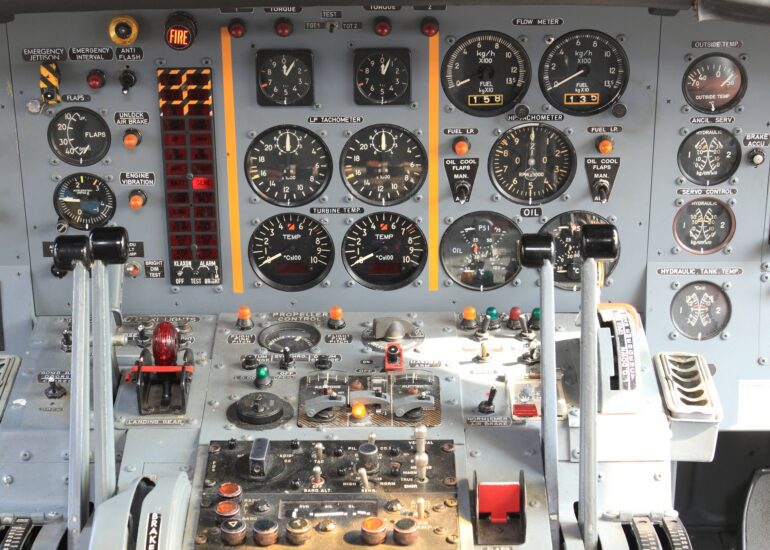TL;DR:
- Artificial intelligence (AI) and advanced autopilot technologies are set to revolutionize the aviation industry.
- AI enables faster and more accurate data processing, improving flight safety and efficiency.
- Advanced autopilot systems control various aspects of flights, reducing pilot workload and enhancing safety.
- Balancing the use of advanced technologies with human oversight is crucial to prevent skill degradation.
- Cybersecurity measures are essential to protect interconnected aircraft computers.
- Integration of AI and autopilot technologies leads to safer, more efficient, and sustainable aviation.
Main AI News:
The aviation industry is on the brink of a monumental transformation, as the fusion of artificial intelligence (AI) and advanced autopilot technologies takes center stage in aircraft computers. This paradigm shift holds the potential to revolutionize the way we fly, introducing unprecedented levels of safety, efficiency, and sustainability into the aviation landscape.
Artificial intelligence, the groundbreaking technology that empowers machines to emulate human intelligence, is poised to assume a pivotal role in the future of aircraft computers. With its remarkable ability to rapidly and accurately process massive amounts of data, AI emerges as an invaluable tool for enhancing flight safety and efficiency. By scrutinizing real-time weather patterns, aircraft performance data, and air traffic, AI enables pilots to make prompt and well-informed decisions. Furthermore, AI’s predictive capabilities can identify potential mechanical issues before they escalate into critical problems, facilitating proactive maintenance and minimizing the occurrence of in-flight emergencies.
In tandem with AI, advanced autopilot technologies are poised to redefine the landscape of aircraft computers. While autopilot systems have long been an integral part of aviation, recent advancements are pushing the boundaries of their capabilities. Modern autopilot systems possess the capability to govern nearly every aspect of a flight, spanning from takeoff to landing. By doing so, they alleviate the pilot’s workload and augment safety measures. Moreover, these sophisticated systems exhibit adaptability to changing flight conditions and the capacity to independently make intricate decisions.
Nevertheless, the integration of AI and advanced autopilot technologies into aircraft computers does not come without its share of challenges. Foremost among these concerns is the potential for excessive reliance on these systems, which could lead to a decline in pilot skills. In order to mitigate this risk, the aviation industry is actively exploring ways to strike a balance between utilizing advanced technologies and maintaining the necessity for human oversight and intervention. This includes the development of comprehensive training programs that underscore the importance of preserving manual flying skills and comprehending the limitations of AI and autopilot systems.
Security stands out as another crucial challenge in safeguarding these advanced systems. As aircraft computers become increasingly interconnected and reliant on AI, they become more susceptible to cyber threats. Consequently, the aviation industry is making substantial investments in robust cybersecurity measures to shield against these threats and guarantee the integrity of aircraft computers.
Despite these challenges, the potential advantages stemming from the integration of AI and advanced autopilot technologies into aircraft computers are simply undeniable. These cutting-edge technologies hold the promise of bolstering flight safety by mitigating human error, a leading contributor to aviation accidents. Furthermore, they have the capacity to enhance flight efficiency by curbing fuel consumption and emissions, thus making notable contributions to the sustainability of the aviation industry.
Conclusion:
The integration of artificial intelligence and advanced autopilot technologies in the aviation industry signals a transformative shift. This convergence brings forth significant opportunities for market players, including enhanced flight safety, improved efficiency, and a more sustainable future. However, it also presents challenges that need to be addressed, such as maintaining pilot skills and ensuring robust cybersecurity measures. By navigating these obstacles and embracing the potential benefits, companies can position themselves at the forefront of this evolving market and drive innovation in aviation.

